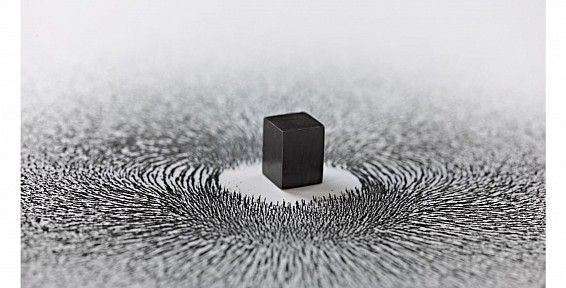"It implies an idea of movement, and symbolizes the cycle of time, the perpetual motion of everything that moves, the planets' journey around the sun (the circle of the zodiac), the great rhythm of the universe. The circle is also zero in our system of numbering, and symbolizes potential, or the embryo. It has a magical value as a protective agent [...] and indicates the end of the process of individuation, of striving towards a psychic wholeness and self-realization" (Julien, 71).
The circle has been known since before the beginning of recorded history. From micro to macro contexts the circle plays myriad roles, from biological structures to planetary movements. Beyond the natural circles that early man would have observed, such as the moon or sun, the circle is the basis for the wheel, which, with related inventions such as gears, makes much of modern machinery possible. In mathematics, the study of the circle has helped inspire the development of geometry, astronomy and calculus. Early science, particularly geometry and astrology and astronomy, was connected to the divine for most medieval scholars, and many believed that there was something intrinsically "divine" or "perfect" that could be found in circles. It has been steeped in philosophical and religious exploration throughout history—in 300 BCE, book three of Euclid’s Elements dealt with the properties of circles; in 1700 BCE, the Rhind papyrus gives a method to find the area of a circular field; in 1880 CE, Lindermann proved that π or pie is transcendental, effectively settling the millennia-old problem of squaring the circle. The circle, believed by many, is the first theological emblem, marking not only the points of the solar calendar, but also used as an almost archetypal tool to communicate on both the material and the divine.
The works presented use the circle to examine a plethora of subjects; from works that address the notion of identity and tangibility of home, spirituality and duality of religious practices, astronomical occurrences and beliefs, and the realization of Euclidean geometry. The parallelism suggests a connection of meaning that echoes throughout matters that are either terrestrial or celestial in nature.




